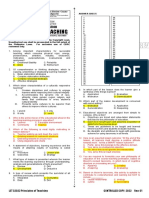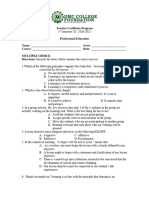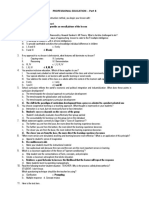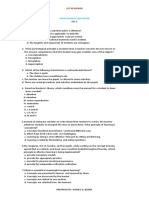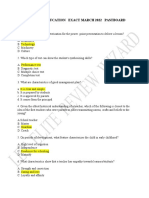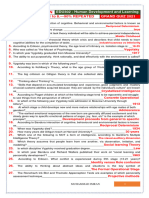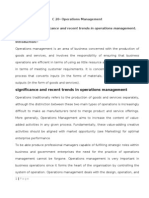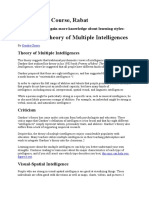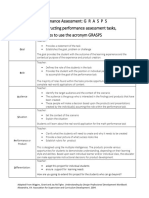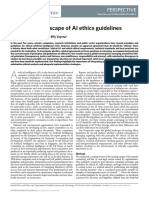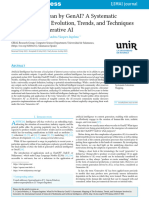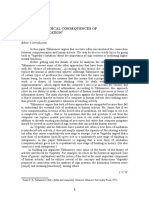0% found this document useful (0 votes)
29 views6 pagesTools and Method Slide
The document outlines various aspects of teaching, emphasizing its dual nature as both an art and a science, and the importance of effective questioning and planning in the teaching process. It discusses characteristics of good teachers, instructional objectives, and Bloom's Taxonomy levels related to learning. Additionally, it highlights the significance of creating a conducive learning environment and the ultimate goal of behavior change through teaching.
Uploaded by
Samuel OforiCopyright
© © All Rights Reserved
We take content rights seriously. If you suspect this is your content, claim it here.
Available Formats
Download as DOCX, PDF, TXT or read online on Scribd
0% found this document useful (0 votes)
29 views6 pagesTools and Method Slide
The document outlines various aspects of teaching, emphasizing its dual nature as both an art and a science, and the importance of effective questioning and planning in the teaching process. It discusses characteristics of good teachers, instructional objectives, and Bloom's Taxonomy levels related to learning. Additionally, it highlights the significance of creating a conducive learning environment and the ultimate goal of behavior change through teaching.
Uploaded by
Samuel OforiCopyright
© © All Rights Reserved
We take content rights seriously. If you suspect this is your content, claim it here.
Available Formats
Download as DOCX, PDF, TXT or read online on Scribd
/ 6






